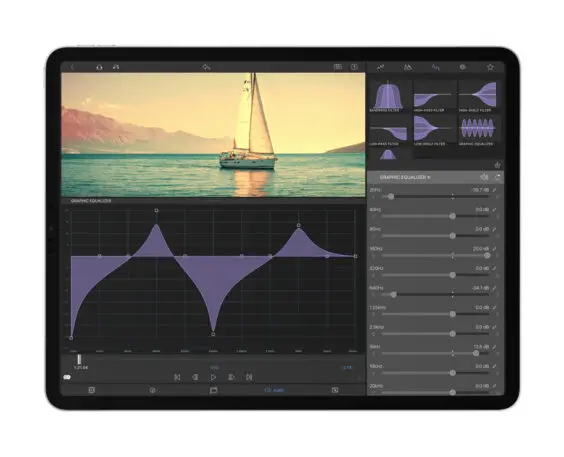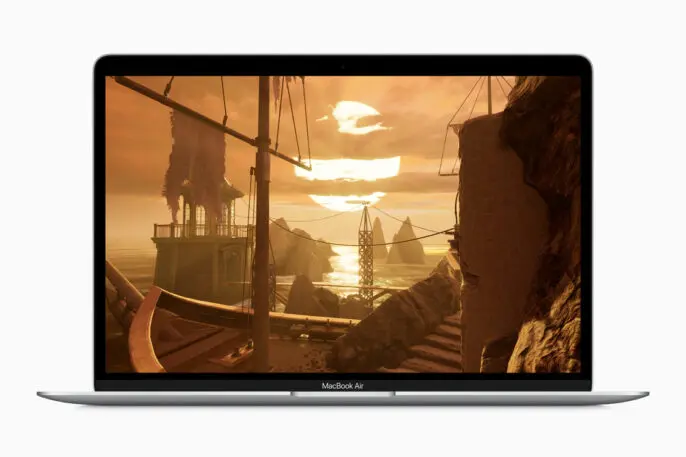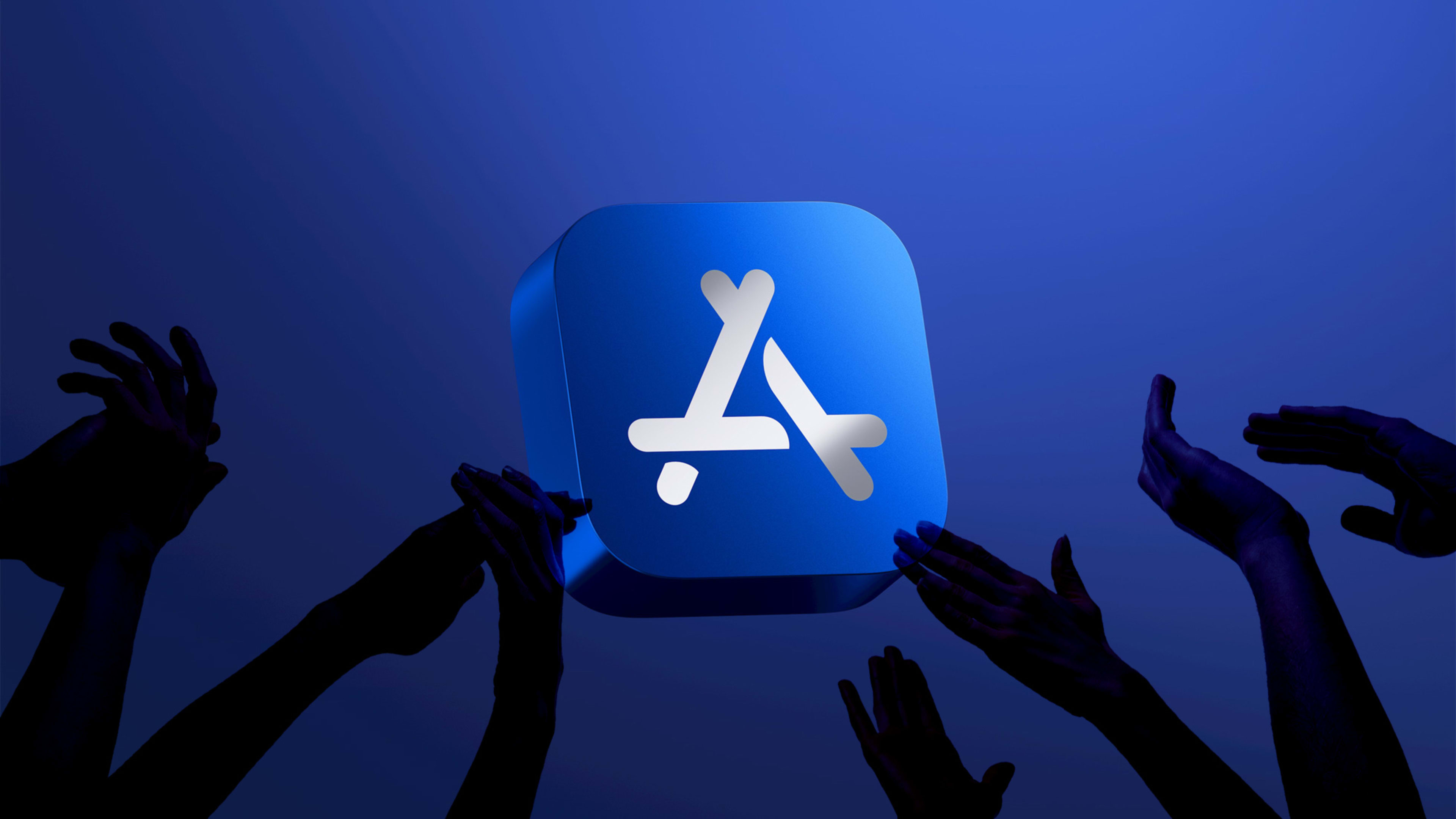When Apple gave out its annual App Store Awards last year, the overarching theme was obvious: In one way or another, a high percentage of them helped us get through one of the weirdest, most stressful years most of us have ever experienced. (Exhibit A: The iPad app of the year was Zoom, a fact that felt virtually preordained.)
The pandemic is still with us, but this year’s App Store Awards are back to a more traditional, eclectic mix of products. Here’s Apple’s list in its entirety, which it says its App Store editors judged based on “exceptional quality, innovative technology, creative design, and positive cultural impact.”
Apps:
- iPhone App of the Year: Toca Life World (Toca Boca)
- iPad App of the Year: LumaFusion (LumaTouch)
- Mac App of the Year: Craft (Luki Labs Limited)
- Apple TV App of the Year: Dazn (Dazn Group)
- Apple Watch App of the Year: Carrot Weather (Grailr)
Games:
- iPhone Game of the Year: League of Legends: Wild Rift (Riot Games)
- iPad Game of the Year: Marvel Future Revolution (Netmarble)
- Mac Game of the Year: Myst (Cyan)
- Apple TV Game of the Year: Space Marshals 3 (Pixelbite)
- Apple Arcade Game of the Year: Fantasian (Mistwalker)
Along with recognizing apps in the specific platform categories above, Apple named “Connection” as the trend of the year and honored five apps for reflecting various aspects of the theme:
- Among Us (InnerSloth)
- Bumble (Bumble)
- Canva (Canva)
- EatOkra (Anthony Edwards Jr. and Janique Edwards)
- Peanut (Peanut App Limited)
After watching a presentation about this year’s award winners, I spoke to a few of their developers in conversations arranged by Apple. They too were a diverse bunch, including a British unicorn, a couple of small companies for whom receiving the award might be a defining moment, and the makers of a game that’s been around for close to three decades.
The British unicorn is Dazn, a sort of ESPN for the era of apps, cord-cutting, and social media that’s available in over 200 countries and has deals with sporting leagues all over the world. Sometimes Apple likes to spotlight apps that are only available on its platforms, but when I chatted with Dazn Chief Subscriptions Officer Ben King, he emphasized that one of the most important things about the service is its ubiquity. “We are available on every smart TV, every game console, every streaming box, every smartphone, every tablet, every web browser,” he said.
Still, King added that Apple TV’s horsepower allows it to handle demanding tasks such as streaming four sporting events with rare aplomb: “We’re able to do things with it that we’re just not able to do, perhaps, on a pay television set-top box or a lightweight streaming device.”

In the wake of last year’s Black Lives Matter protests, EatOkra saw a spike in interest as more people sought out Black-owned local businesses. It plans to seek a round of seed investment to build out an online marketplace and add in-app ordering. Also in the works is an e-learning platform for Black-owned restaurants: “Supporting this community, for us, has to extend beyond just increasing awareness and digital presence,” says Janique Edwards. “Resources like business, coaching, training, and mentorship are much-needed, as well as a safe space for connection for these small businesses.”

LumaTouch cofounders Chris Demiris and Terri Morgan started the company in 2013 and took three years to build the first version of LumaFusion. Since then, LumaTouch has grown to 18 employees, and the app has become a showcase for the ever-increasing capabilities of Apple’s mobile platforms. (It’s available for the iPhone as well as the iPad.)

Lastly, there’s that almost-30-year-old game. It’s Myst, the adventure game—set on a beautiful, mysterious island—that was an a phenomenon back in the 1990s. (If you don’t remember its impact or weren’t around to experience it first-hand, read Benj Edwards’ account, which we published three years ago for the game’s 25th anniversary.)

Cyan development director Hannah Gamiel remembers Myst’s 1990s heyday, but not because she played it: She was a baby when it came out. “I was sitting on my mom’s lap while she played Myst,” Gamiel told me. According to Rand Miller, plenty of other people who are now grownups have similar memories.
“Hopefully, this is the gateway drug for a new generation where they can actually try it,” he says. “Granted, Myst is different. You don’t kill things or die. But especially when you’re cooped up in your house, maybe it’s a nice way to feel like you can get out again.”
Recognize your brand’s excellence by applying to this year’s Brands That Matter Awards before the early-rate deadline, May 3.
